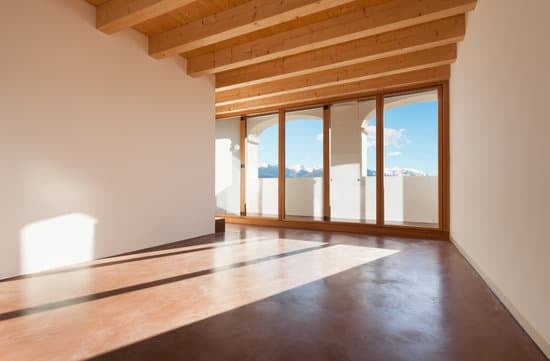When it comes to creating a homemade fire pit, the depth of the pit is an important factor that you need to consider. The depth of the fire pit depends on various factors such as the location, the type of fire pit you desire, and safety precautions. Here are some guidelines to follow when deciding how deep your homemade fire pit should be:
For a simple fire pit that you only intend to use occasionally, you can dig 6-8 inches deep.
If you plan on using your fire pit more often and for cooking, it’s best to dig a little deeper. A depth of 12-14 inches should suffice so that you can add more wood as needed without worrying about the fire escaping the confines of the pit.
A fire pit that will be used for entertaining or as a focal point in your backyard landscaping should be deeper. A depth of 18-20 inches will give the fire pit a more substantial look and feel.
No matter the depth, you need to ensure that the walls of the pit are sloped to prevent the fire from escaping. A 45-degree angle should suffice.
Fire safety is crucial, so ensure that you have a safe distance between the fire pit and any combustible materials. Also, avoid placing the pit under low hanging branches or near structures.
By following the above guidelines, you can create a homemade fire pit that meets your needs and preferences while ensuring that the fire remains safe.
How deep should a fire pit be for safe and enjoyable outdoor gatherings?



















